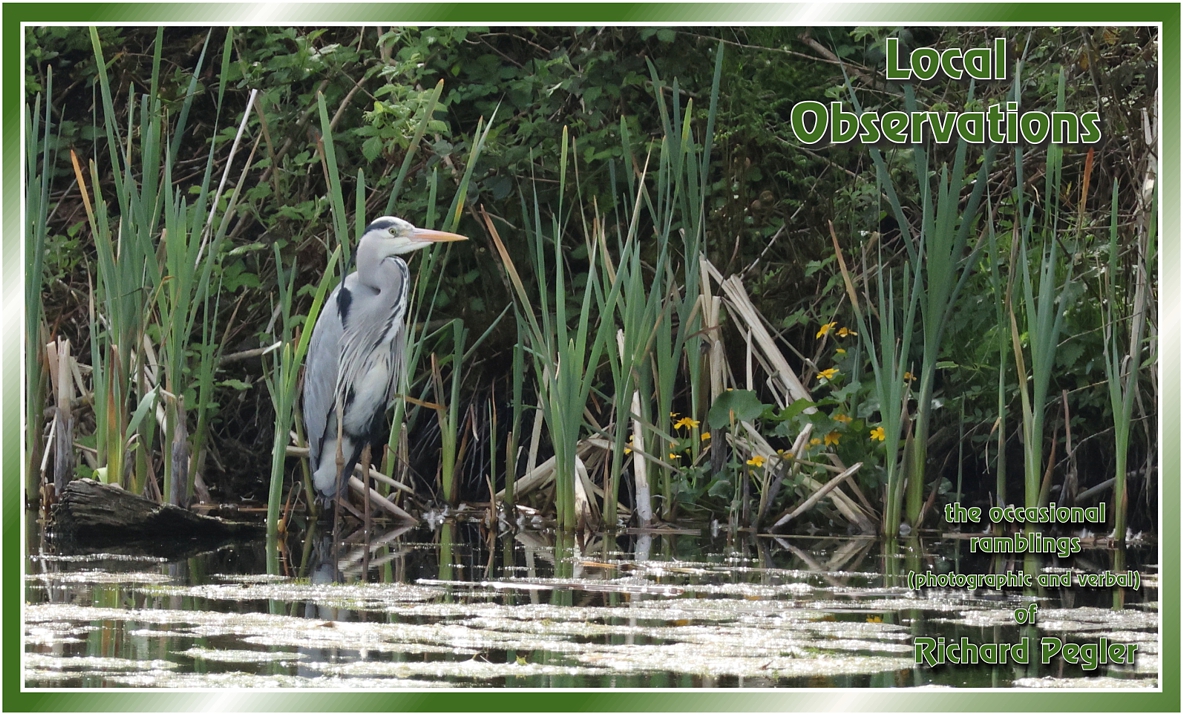Written by Melanie on behalf of Richard and family.
With great sadness this final post is to inform you, some of my Dads dearest friends of his passing.
Richard passed away on 28th August and was laid to rest in a private ceremony on 10th September. His ashes will be scattered on the Isles of Scilly later this month so he can remain in one of his favourite places in nature.
As a family, we know one of dads greatest joys was sharing his photos and experiences with you all and he gained so much from everyones feedback and friendship. I'm sure he will live on in many peoples memories as a keen nature enthusiast, excellent amateur photographer and passionate supporter of all things wildlife.
For one final time : Take care of yourselves, and nature.
Richard's Family x
